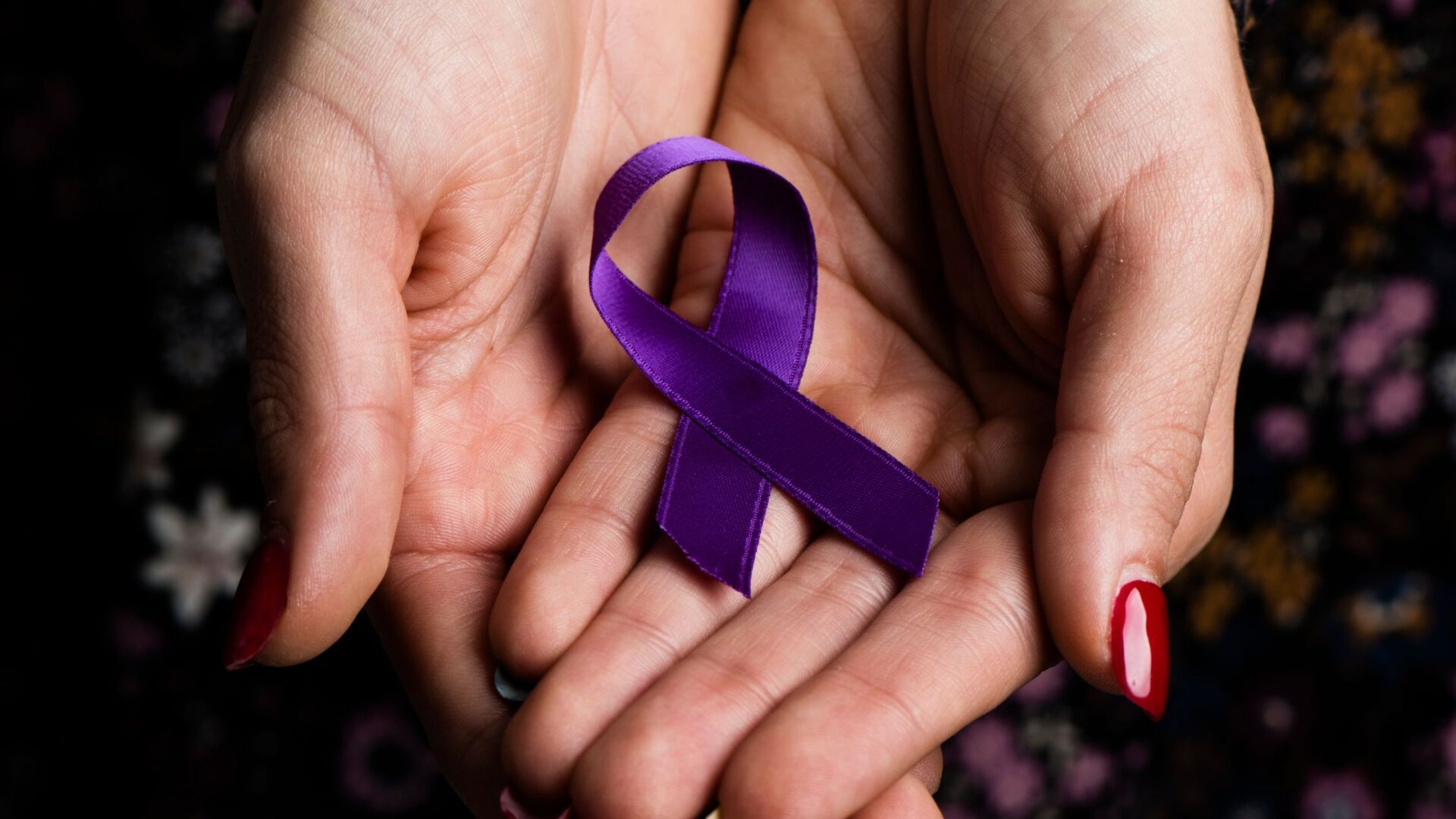A Guide for Faith Communities in Responding to Sexual Violence
Stella Ndauwa

Sexual assault and sexual violence are worldwide epidemics that have been a part of our society for centuries. According to the Rape Abuse and Incident National Network, in the United States, 1 in 6 women and 1 in 33 men are survivors of an attempted or completed rape in their lifetime (RAINN, 2020). Knowing this hard truth, the odds are high that your faith community is a place of refuge and hope for many survivors. Sexual violence does not discriminate; it is an issue that transcends gender, culture, race, ethnicity, sexual orientation, socioeconomic status, and faith.
In 2018, IMA World Health and Sojourners co-sponsored a LifeWay research survey of 1000 pastors to gauge awareness of and response to sexual violence in their congregations. Broken Silence 2 (2018) found that 81 percent of participants knew someone who had experienced sexual or domestic violence. In addition, 51 percent say that they speak to their church or community about domestic or sexual violence several times a year (We Will Speak Out, 2018).
It is becoming the norm for pastors and faith leaders to share information with their communities regarding sexual violence. In response to this shift, GRACE for survivors, the faith-based outreach project within the NWA Center for Sexual Assault, has put together this guide as a resource to faith leaders who want to create safer spaces for survivors within their communities.
For many religious or spiritual survivors, the first place they will go for healing and hope is to their faith leader. Thank you for your commitment to supporting and believing survivors and to improving your response to sexual violence in your community.
Responding to survivors of sexual assault
I. Get the survivor to a safe space
Listen appropriately and believe the survivor:
- “I believe you.”
- “It is not your fault.”
- “You are not alone.”
Suggest the option of seeking medical attention.
Recognize your responsibility to report the incident.
Recognize and report child abuse.
Connect with crisis counselors and advocates.
II. Educate your faith community
Preaching and pulpit leadership:
- Dedicate dialogue around sexual violence
Equality and respect-training for youth:
- Healthy relationships education
- Consent and respect for others
Make resources available:
- Bathroom flyers
- Informational handouts
- Counseling
III. Create a team
Passionate advocates and prayer warriors:
- Establish a policy
- Conduct background checks
- Set counseling guidelines (mental health vs biblical counseling)
- Communicate stance on abusers and sex offenders
- Protect children and vulnerable adults
IV. Train your staff
- Clergy training
- Childcare training
- Educate on how to report
We hope that this guide is a helpful tool in combating sexual violence in faith communities. GRACE for Survivors is always ready to partner with all faith groups in efforts to support survivors and promote a safe culture.
Original publication: April 2021
Share this post







